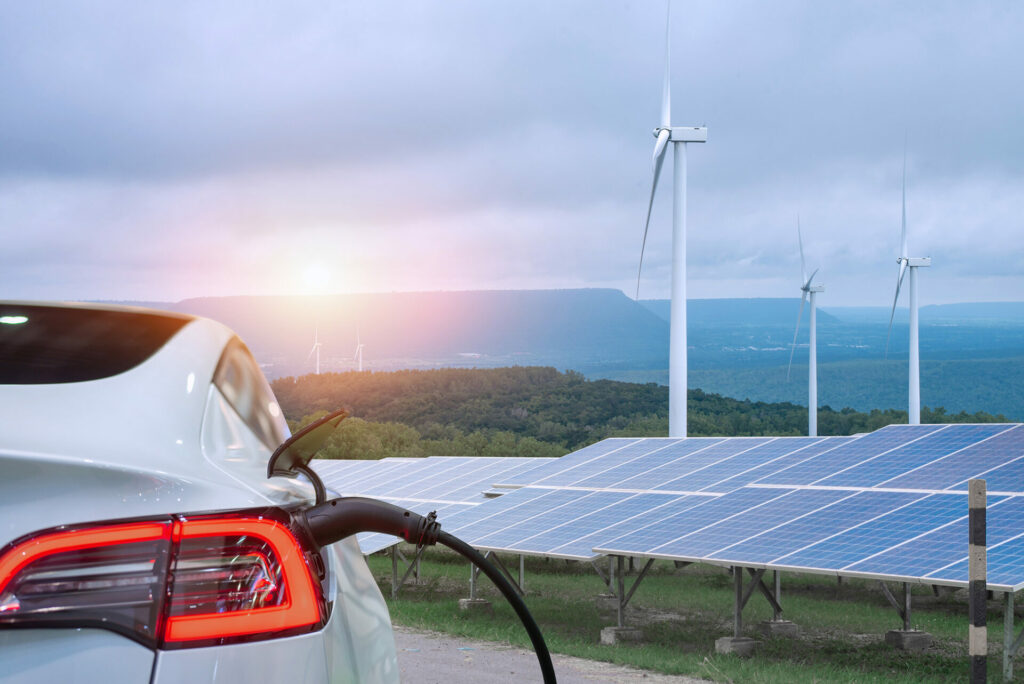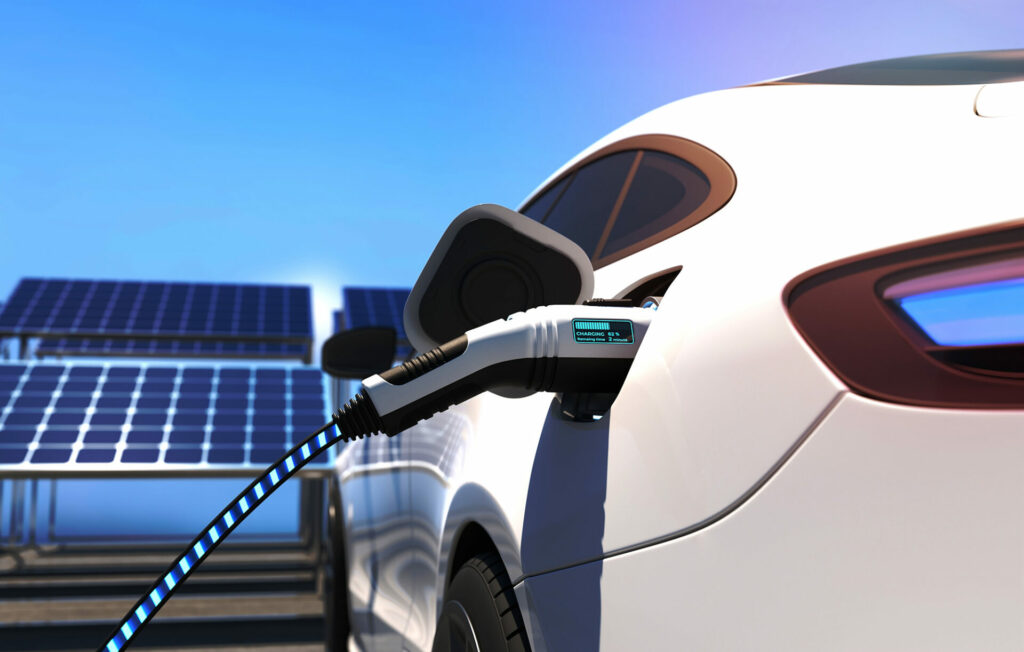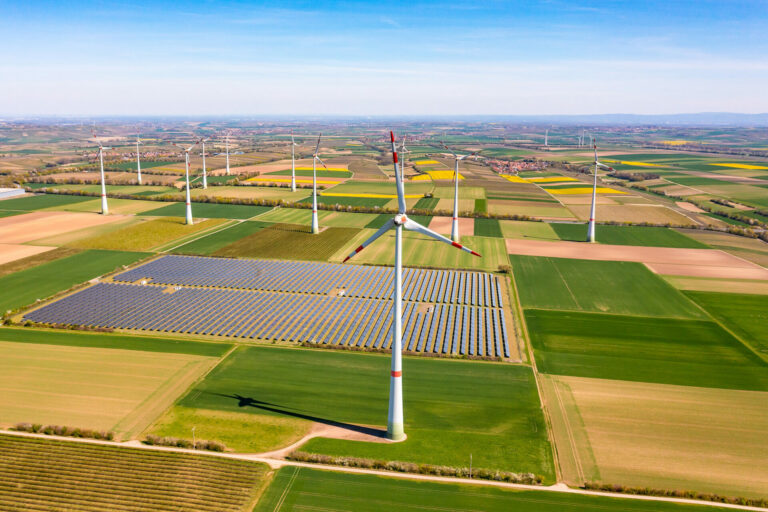As discussions and debates continue around the benefits and efficacy of Electric Vehicles, much is placed in the public domain. As with any information, however, critical thinking is needed. Inaccurate statements around range, safety and emissions continue to be fed to a public that is in a state of confusion when it comes to the purchase of their next automobile. Earlier this year, the United States Environmental Protection Agency (EPA), moved to dispel many of the myths surrounding EVs in an effort to combat these. For example, many advocates of the combustible engine believe that the emissions generated from both the production of EVs, and the electricity needed to charge them outweighs any benefits in terms of net emissions. However, this could not be further from the truth. While manufacturing and power do require an element of carbon pollution, it is nowhere on the scale of traditional vehicles. “Electric vehicles (EVs) have no tailpipe emissions. Generating the electricity used to charge EVs, however, may create carbon pollution. The amount varies widely based on how local power is generated, e.g., using coal or natural gas, which emit carbon pollution, versus renewable resources like wind or solar, which do not. Even accounting for these electricity emissions, research shows that an EV is typically responsible for lower levels of greenhouse gases (GHGs) than an average new gasoline car. To the extent that more renewable energy sources like wind and solar are used to generate electricity, the total GHGs associated with EVs could be even lower.”

Regardless of the PR battle that is raging, one thing is clear; the electric vehicle movement is growing. Sales figures are rising every year and the infrastructure network is developing. However, one element of the sector that is proving to be a stumbling block is the speed at which these developments are taking place. Unfortunately, for those who are tasked with decreasing emissions around the globe, the full-scale transition to electric isn’t happening quickly enough. There are a number of barriers to the mass adoption of EVs, such as the aforementioned smear campaign, but two of the greatest are range anxiety and a viable charging network. While the reality may be slightly skewed in the direction of the skeptic, these are understandable concerns and until they are clearly rectified in a public way, the combustible engine will reign supreme. While it is still in its infancy, assistance with these challenges may be on its way.
When we think of SMART cities, we imagine connected living spaces that are intuitive and helpful, providing solutions to traffic, waste management, safety and energy usage. However, the potential for connected living goes significantly further than that. Tohoku University in Sendai, Japan, has been exploring the possibility of building sustainable links between the structures of a city, and the transport that moves around it. The result of this research is SolarEV Cities. A recent study at the University looked at the possibilities of marrying EV batteries with solar rooftop panels or photovoltaics (PVs). The theory is that by linking the two, vehicles would be running on a much cleaner energy source while also supporting the local community by feeding unused energy back to the grid. For Takuro Kobashi, a study team member at the university, it is a vital step towards sustainable EVs. “We need to prioritize the use of the rooftop PV + EV system to minimize the impacts of renewable energy development on nature.”
Enabling a safe and sustainable relationship between PV and EV is something that has long been mooted as an essential step in making electric vehicles a viable long-term solution. However, according to those at Tohoku University, it can also assist in decreasing the energy needs of a city by significant amounts. With carbon emissions from urban areas accounting for around three quarters of all global emissions, decarbonizing cities is a key factor that simply cannot be ignored. Experts in the field believe that the barriers to widespread adoption of EVs are precisely those that limit the success of PVs also. One industry figure said, “Challenges to its deployment such as lack of distribution, grid availability, low consumer engagement and challenges to the deployment of the infrastructure during renovation show very close similarities with those posed by the deployment of distributed photovoltaic solar power plants (PVs). Therefore, any successful solutions should benefit both EV and PV deployment.”

The SolarEV City Concept is a relatively new idea that places and utilizes solar panels on rooftops in conjunction with electric vehicles. By doing this, electric vehicles not only reduce carbon emissions from gasoline and diesel, but their batteries have the ability to store additional power generated from the solar panels. This allows the user to powering their home when the sun is not shining. However, the efficacy of this concept concept varies widely from city-to-city. Depending on location and climate, results can vary. Despite this, the figures look positive indeed. The first study which took place in Kyoto, found that if 70% of the city’s rooftops were covered with solar panels and all cars became electric, Kyoto could reduce the emissions generated by combustible engines by 60-74% and save 22-37% on energy costs by 2030. However, for more densely urban areas in Japan, like Kawasaki and Tokyo, the reductions were less.

Further studies in Jakarta and other temperate locations also yielded success. The question remained, however, if this concept could become widespread around the globe. In an attempt to answer this question, Associate Professor Takuro Kobashi and the team have conducted the first study on the possibility of PV/EV success in a high-latitude city – Paris. The results were mixed but showed promise. When speaking about the project, Kobashi explains how a one-size fits all approach is not the right way to go. “As Paris is a highly urbanized area, we found the city could only supply approximately 30% of its electricity needs through rooftop PVs. And also, since most PV generation is consumed inside the city, the impact of EVs as storage batteries is limited. However, in the surrounding Paris region, which comprises many low-rise buildings, we discovered that covering 71% of the rooftops could meet 78% of the annual electricity demand for that year. When incorporating EVs as storage batteries into the fold, even when accounting for the supply demand of the EVs themselves, it was possible to supply approximately 60% of the electricity. Ultimately, this could lead to a 23% reduction in energy costs by 2030.” Kobashi goes on to explain that regional systems, with lower density, may offer a solution that mitigates against the challenges. “Our study not only highlights the carbon reduction potential of implementing a SolarEV City in Paris and the Ile-de-France, but it shows the need to consider regional variations.”
For some, Electric Vehicles are a passing fad designed to remove market share from the status quo. The reality is though, EVs are an absolute necessity, and fast. If communities and city planners to convene to work through local variables, pairing PVs with EVs could have a transformative effect on the energy requirements in high density areas.


















